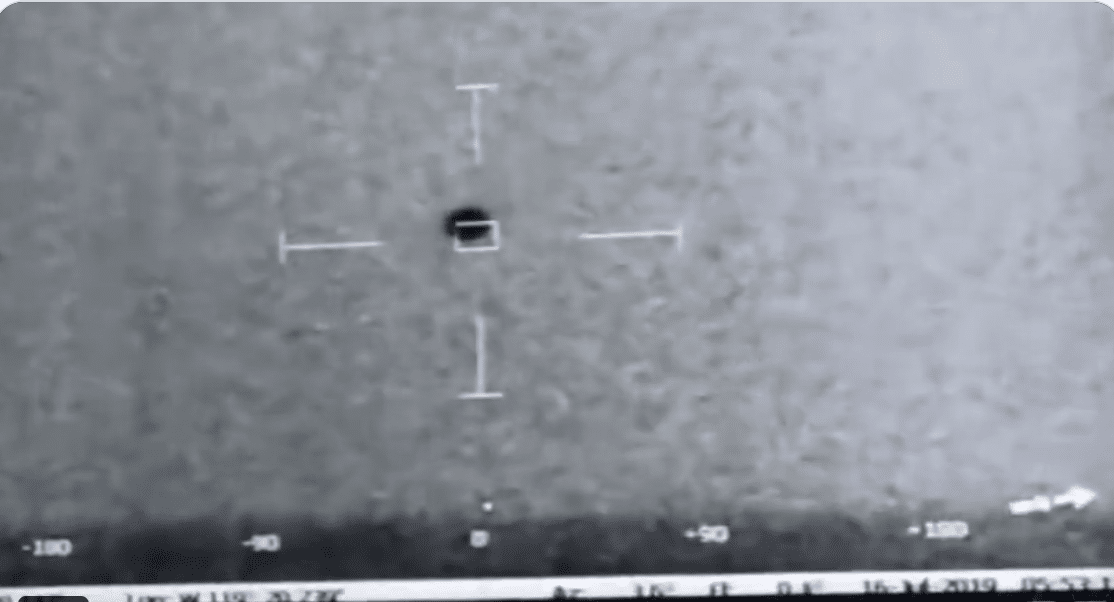Scientists have discovered supermassive black holes at the center of two nearby galaxies that had long evaded detection thanks to both the angle of the objects relative to the Earth and the large clouds of stellar gas that shroud them. Described by NASA as “monster black holes,” they’re considered to be the engines of two “active galactic nuclei,” a class of extremely bright celestial objects that includes quasars and blazars (extremely compact quasars).
“Just as we can’t see the sun on a cloudy day, we can’t directly see how bright these active galactic nuclei really are because of all of the gas and dust surrounding the central engine,” Peter Boorman said in a statement from NASA. A graduate student at the University of Southampton in the UK, Boorman is investigating the black hole in the IC 3639 galaxy, located 170 million light years from Earth, equating to a staggering 6 trillion miles or 9.5 trillion kilometers. READ MORE

















